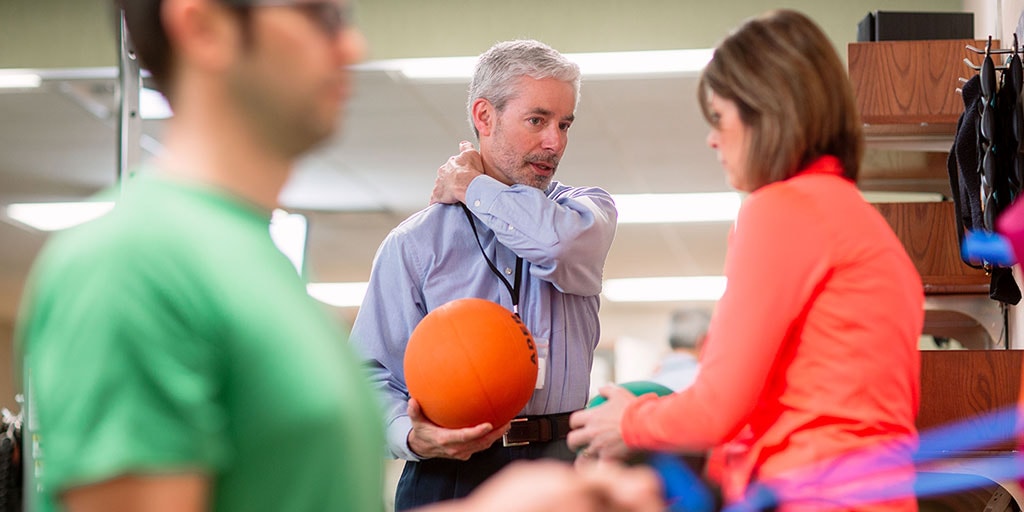Learn About Frequent Sports Ailments and Efficient Rehabilitation Strategies for Athletes
Learn About Frequent Sports Ailments and Efficient Rehabilitation Strategies for Athletes
Blog Article
Sports traumas are common among athletes of every ages and skill levels. These injuries can happen in multiple forms, including ligament injuries, muscle injuries, breaks, and tendon inflammation. Comprehending the types of traumas that can happen during sports events is essential for both avoiding and treatment. Sprains, for example, entail the overextending or tearing of connective tissues, which link bones at a joint. Strains, on the other hand, affect muscles or tendons, which attach muscles to skeletal structures. Identifying these injuries promptly can help athletes seek appropriate care and return to their activity more quickly.
One of the frequently frequently observed injuries in sports is the foot ligament injury. This trauma often happens when an athlete lands ungracefully or twists their foot during a game. Symptoms of an ankle sprain include discomfort, inflammation, and difficulty moving. Immediate care typically involves the R.I.C.E. approach, which represents for Rest, Ice, Compression, and Elevation. This method helps minimize swelling and discomfort. In more serious cases, rehabilitative treatment may be required to regain strength and mobility to the ankle before going back to sports.
Another frequent injury is a muscular strain, which can happen in any athletic activity that requires quick movements or intense lifting. Athletes may experience a muscle strain when they stretch a muscular tissue too much or when they exert too great force. Signs include acute pain, swelling, and muscular contractions. Rehabilitation for muscular strains often entails light flexibility exercises and strengthening workouts. Slowly raising exercise levels is crucial to avoid re-injury. Sportspeople should work closely with a rehabilitative therapist to develop a secure and effective recovery plan.
Tendon inflammation is another trauma that can affect sportspeople, particularly those who participate in repetitive motions, such as runners or swimmers. This condition happens when a tendon structure, which links muscular tissue to skeletal structure, gets inflamed. Common locations involved by tendonitis include the arm, upper arm, and leg. Signs often include pain and rigidity, especially during activity. Care for tendon inflammation usually view it involves rest, cooling, and anti-inflammatory medications. In some situations, rehabilitative treatment may be suggested to improve mobility and power in the affected area.
Preventing athletic traumas is just as crucial as addressing them. Athletes can reduce their risk of trauma by heating up properly before activities, using the appropriate gear, and maintaining good physical condition. Strength training and flexibility exercises can help ready the physique for the demands of sports. Additionally, athletes should listen to their physical condition and allow breaks when needed. By understanding frequent athletic traumas and implementing effective recovery plans, athletes can stay fit and participate in their favorite sports for years to follow.